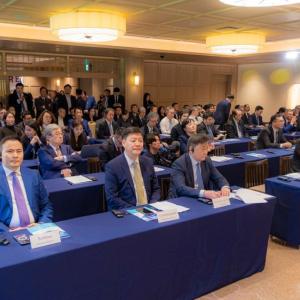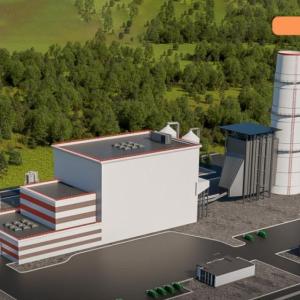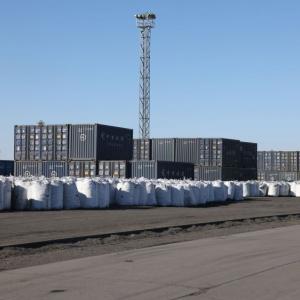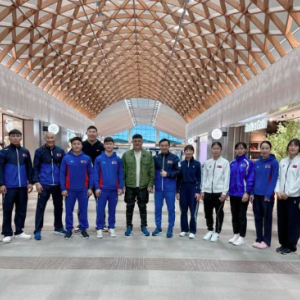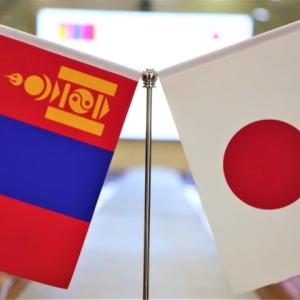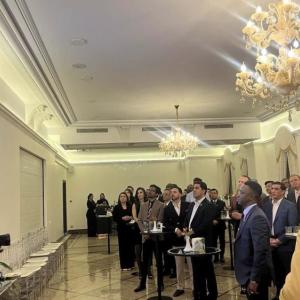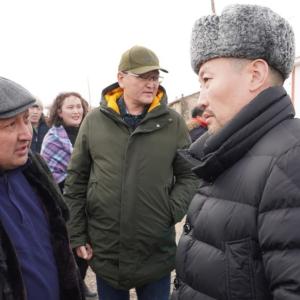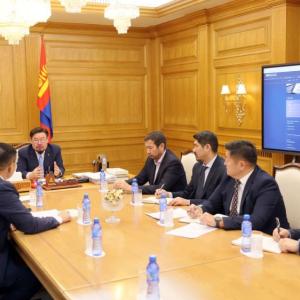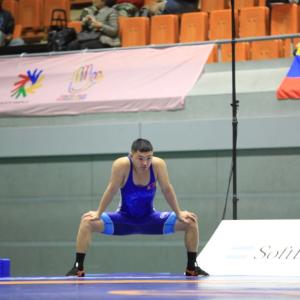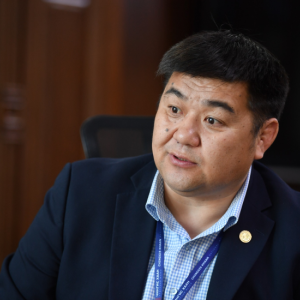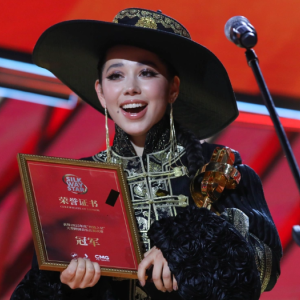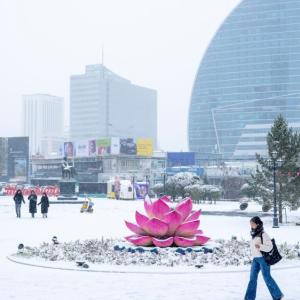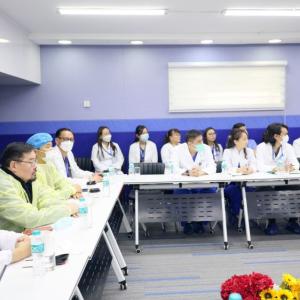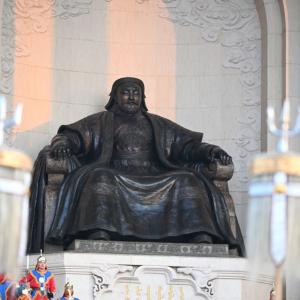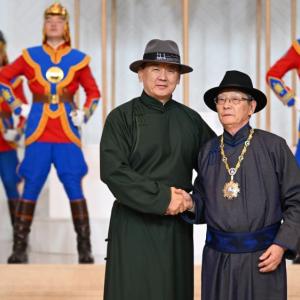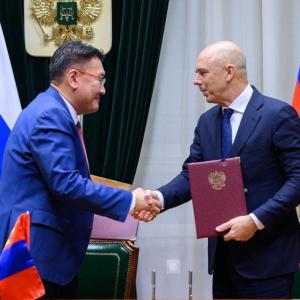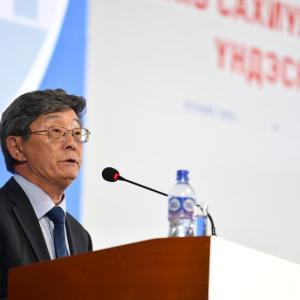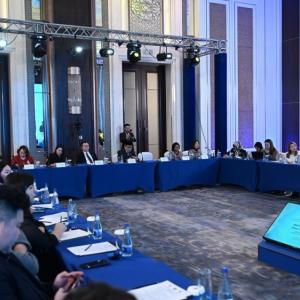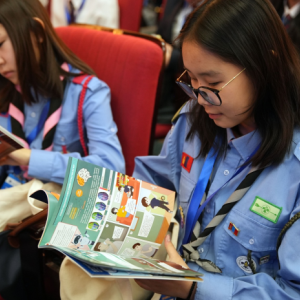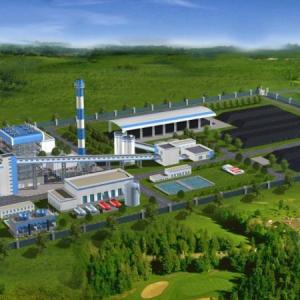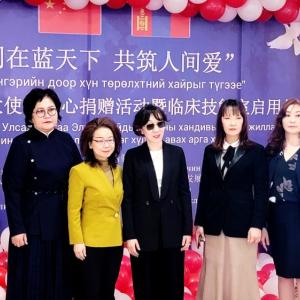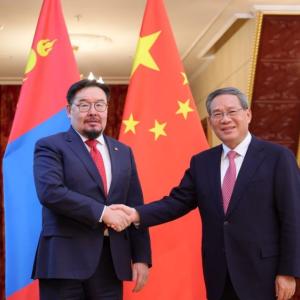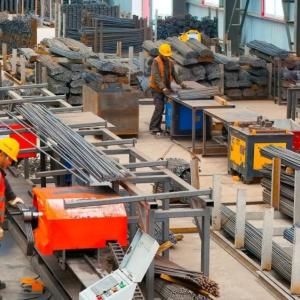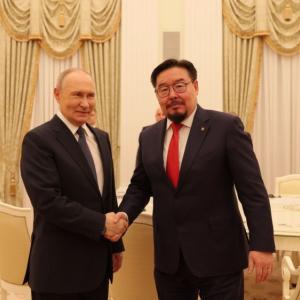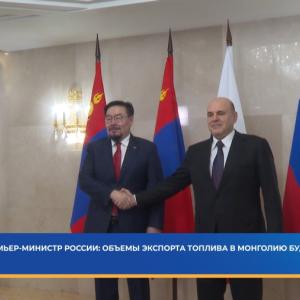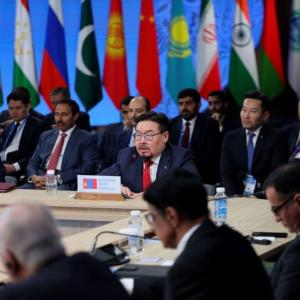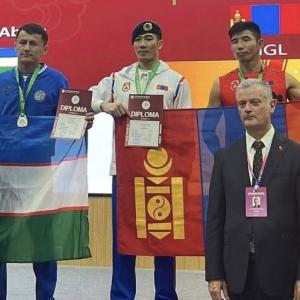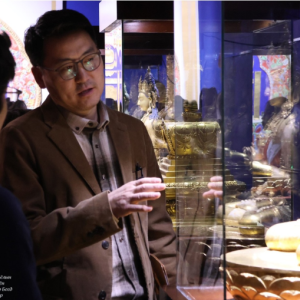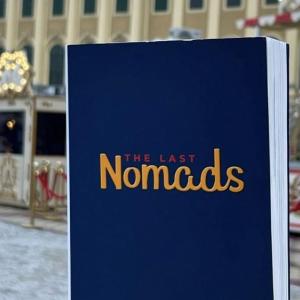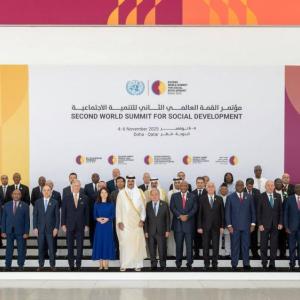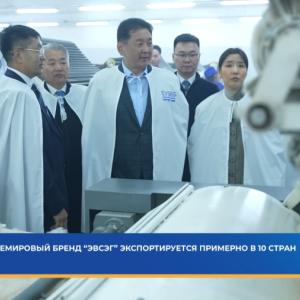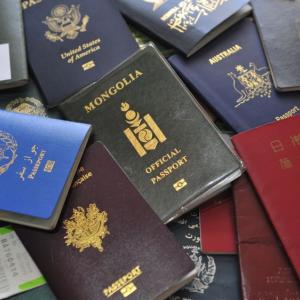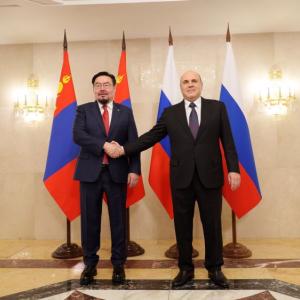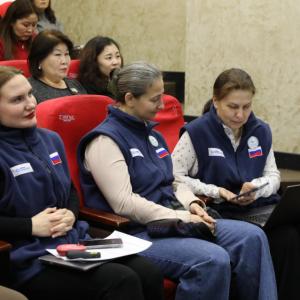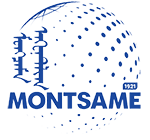80 Years On: Mongolia Remembers Its Pioneering Independence Referendum
Politics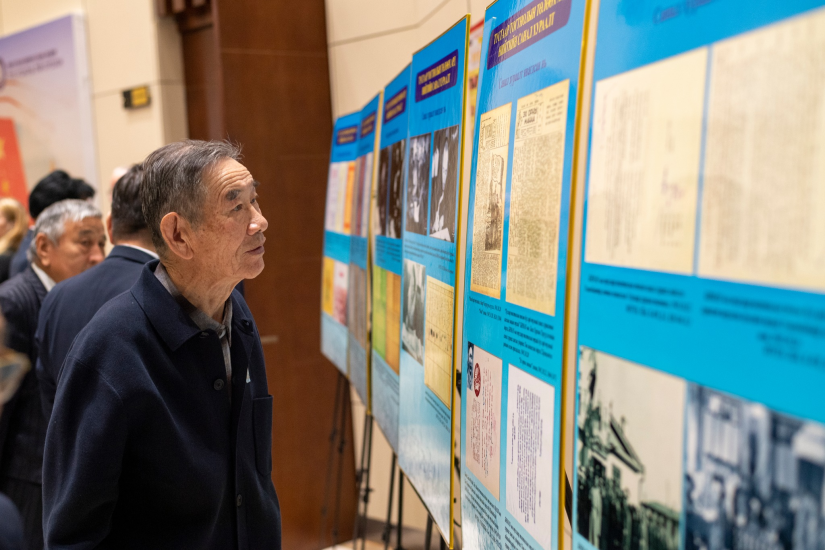
Ulaanbaatar, October 21, 2025 /MONTSAME/. The National Security Council of Mongolia and the Institute of History and Ethnology, Mongolian Academy of Sciences jointly hosted an international academic conference on October 20, 2025, at the Chinggis Khaan National Museum in Ulaanbaatar under the theme “80 Years Since the National Referendum for Independence.”
The conference
was held in commemoration of the 80th anniversary of the historic all-people
referendum on the question of independence of the Mongolian People’s Republic. It
aimed to elevate research on the referendum and the country’s history of
sovereignty to a new level, and to foster cooperation among national and
international scholars and research institutions working in this field. It also
sought to promote public awareness, especially among young people, of the value
of national independence.
During the
conference, Dr. Khishigt Norovsambuu from the Institute of History and
Ethnology underscored the great significance of the 1945 referendum, noting
that by adhering firmly to the principle of representative democracy and
implementing the principle of universal participation, the vote holds
high historical value.

“On 21 September 1945, the Standing Presidium of the State Baga Khural adopted Resolution No. 76 on Putting the Issue of the Independence of the Mongolian People’s Republic to the Vote of the Entire People. The resolution stipulated that preparations begin on 10 October and that voting be conducted across the entire territory of the country on 20 October. It further provided that all citizens aged 18 and over, except those mentally incapable or deprived of their rights by court decision, be included in the voter lists, which were to be compiled territorially. Participation was to be entirely voluntary, and any form of pressure or coercion would constitute a violation of the Constitution and be punishable under the law."
"On 18 October the provincial and capital city basic voter lists were completed, and after the additions of persons intercepted on roads and junctions by 20 October a total of 494,960 persons were eligible to vote. The State Radio Committee and the national and local newspapers carried detailed information on the purpose, significance, and preparation of the referendum and as well as the need for public support. Of the 494,960 eligible voters, 487,409 took part and the country’s independence was affirmed with 100 percent support,” said Dr. Khishigt.

In his presentation, Dr. Lundeejantsan Danzan from the Shihikhutug University noted, “The concept of ‘sovereignty’ is inextricably linked with the concept of ‘independence’. They are inter-dependent. Sovereignty emphasizes the capacity of the state to exercise supreme authority, while independence signifies the autonomous condition of economic, political and cultural development of the country. Because sovereignty inherently implies an independent condition, it is a broader legal concept. By properly aligning the relationship between independence and sovereignty the national security of the country can be reliably safeguarded. ‘Sovereignty and independence’ are among the fundamental criteria of the state as a subject.”
Scholars from
Mongolia, the Russian Federation and Japan participated the academic conference,
presenting 12 papers on such issues as the policies pursued by the Allied
powers at the end of World War II regarding the independence of the Mongolian
People’s Republic, the course, outcome and historical significance of the 1945
national referendum, the position and views of the Soviet and Chinese
governments on the referendum, and new archival documents on the subject.
During the conference, an exhibition from the General Authority for Archives of Mongolia was on display at the Chinggis Khaan National Museum, featuring new and interesting archival documents, photographs and artefacts relating to the independence referendum.
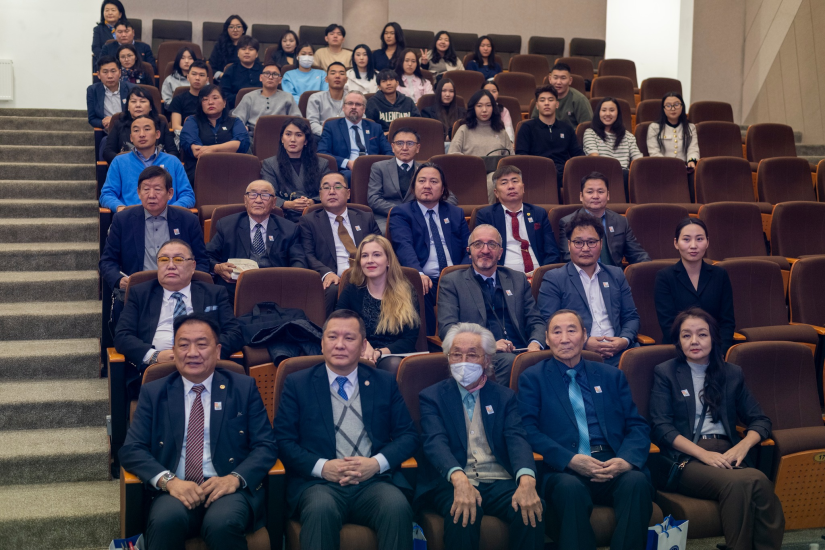
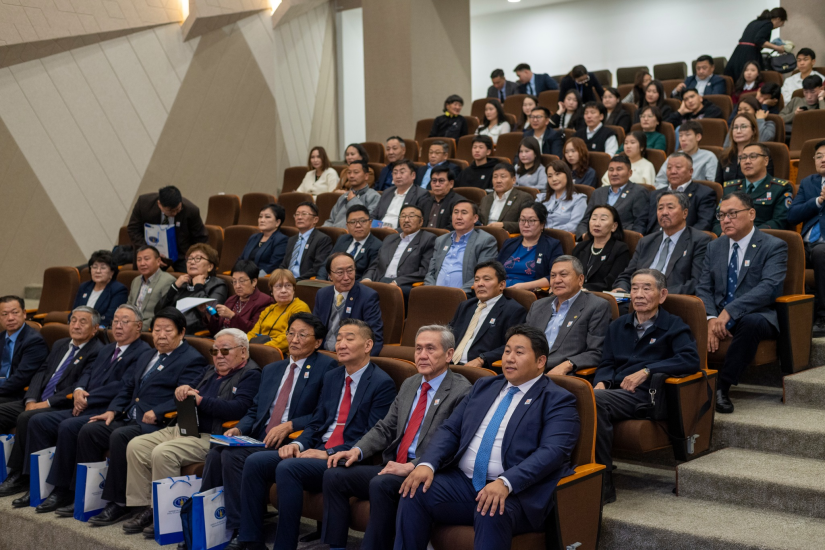
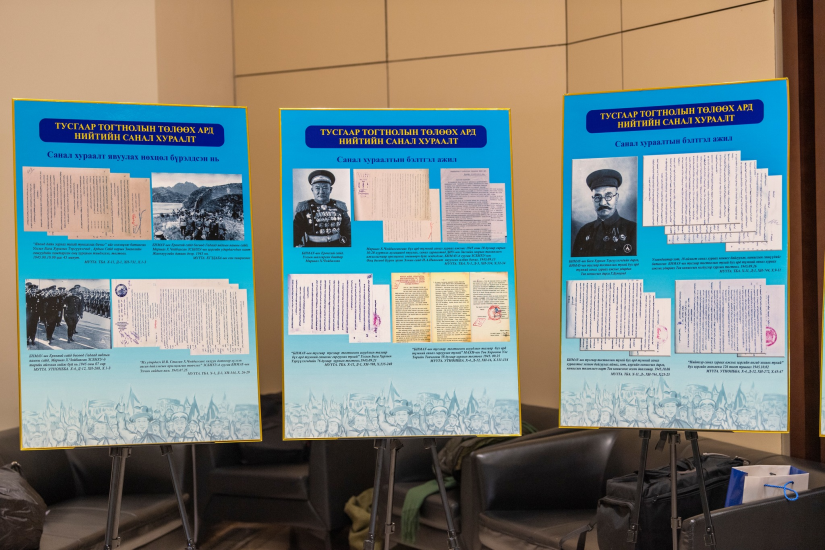
 Ulaanbaatar
Ulaanbaatar









